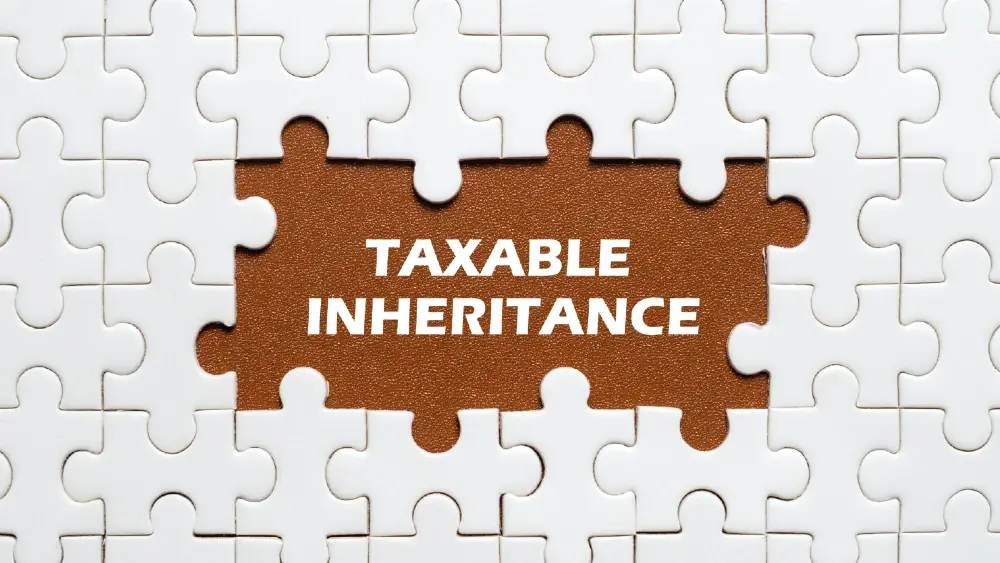If you’ve suffered a personal injury and are thinking about making a claim, one of the first questions you’ll ask is how much your claim might be worth.
This is rarely a straightforward calculation, as amounts will vary greatly depending on the circumstances of your claim. The variations are virtually limitless and can depend on: the type of injury you’ve sustained, how long you were hospitalised, how long your recovery takes, how long you might be out of work, how much ongoing treatment is required, the psychological impact of your injury, your age and life expectancy… I could go on.
Before making a claim, you must be able to prove that someone is liable – that they have breached a duty of care that they owed you. This could be a medical professional, your employer, the owner of a premises, a motorist, etc. Once you’ve established liability, you can then begin to consider your compensation entitlement.
The amount of compensation you could receive varies greatly. However, it is usually directly proportional to the extent of your injury. Our Personal Injury Compensation Calculator is a useful tool to give you a ballpark figure of how much your claim could be worth.
The Purpose of Compensation
In recent years, personal injury claims have gained a somewhat unfair reputation. A glut of cold-calling ‘personal injury’ companies, pushing people into making claims for accidents and injuries which sometimes have not even happened, has created the perception of a ‘compensation culture’ in the UK.
However, this should not put you off claiming compensation if you really need it.
The purpose of compensation is to put the claimant back, or as close as possible to, the position they were in before the injury occurred. Claimants need to be compensated for their losses, be they additional medical expenses, loss of earnings, or damages for the pain they have suffered.
To begin to calculate the compensation you could be entitled to, solicitors and courts use something called ‘heads of loss’ to determine how much damage has been done.
What Are Heads of Loss?
Heads of loss have been identified by lawyers as common types of losses which occur in personal injury cases.
Solicitors use these heads of loss to assess the potential value of a claim. Some cases may involve just one head of loss, whilst more complicated cases can involve several.
There are three main heads of loss in any personal injury claim:
- General damages – non-monetary damages such as pain, suffering and psychological distress
- Special damages – monetary losses such as medical expenses, loss of earnings and care expenses
- Future losses – to cover future medical costs, rehabilitation and core loss of earnings.
However, there are also more specific heads of loss which fit into these categories, though these regularly have some overlap due to the particular nature of the injury.
Types of Heads of Loss
Pain, suffering and loss of amenity (PSLA)
This is usually the starting point for any personal injury claim, unless there was loss of life or the victim is comatose. It can be broken down as follows:
- The physical pain caused by the accident
- The resulting mental suffering (anxiety, stress, embarrassment, etc.)
- The loss of amenity or senses (sight, use of legs, sex life, etc.)
Assessing these cases is very difficult and quite subjective, as it’s almost impossible to fully understand someone’s unique experience. Courts can refer to previously decided cases outlined in the Judicial College Guidelines for the Assessment of General Damages in Personal Injury Cases to help them. However, these are only guidelines, and every claim is different, so courts must consider the individual circumstances of every case.
Courts take the view that pain from multiple injuries overlaps, and therefore that the extent of suffering does not differ greatly whether the pain comes from one or multiple parts of the body.
Care and services
In extreme cases, where the person has been so debilitated by the injury that they now require part or full-time care because of their injury, they can be awarded compensation for the costs of that care. This can apply if either a family member may have to provide that care, or if they have to employ a professional carer.
Medical expenses
While most people will be treated by the NHS, claimants can choose to opt for private treatment if it is reasonably required, either for speed, convenience or because a particular treatment is not available on the NHS. The reasonable costs of such treatment can be recovered via compensation, even if the claimant had never received private treatment before the accident.
Provision of equipment
The physical impact of an injury can be reduced by the use of aids, appliances, prosthetics, wheelchairs, home installations, etc. Such expenses can be claimed for.
Travel
It’s common to incur additional travel expenses following an accident, for example, for frequent hospital or GP visits, which can be calculated in pence per mile or the cost of a taxi fare. The travel costs for relatives visiting you in hospital can also be claimed for.
There could also be ongoing costs such as needing to purchase an automatic or adapted car to compensate for the injury, which can run into thousands of pounds.
Loss of marriage prospects or divorce
This is most often considered as part of a PSLA award, though it can occasionally be treated as a separate head of loss. It is awarded in cases such as a grossly disfiguring injury, which may lead to a relationship breakdown, or hamper future relationship prospects.
Missed opportunities
An injury could cause the claimant to miss an important life event, such as a once in a lifetime opportunity, a holiday or important family occasion like a wedding. The distress and inconvenience caused can be significant.
Loss of earnings
This is often the most important head of loss in terms of monetary value, especially with particularly severe injuries which can disable a claimant for life.
The court will make the calculation based on how much the claimant would have earned after tax and national insurance if the accident had not occurred. It’s therefore important to keep hold of documentary evidence, such as payslips, receipts, and tax returns. It can either be very straightforward or very complicated to calculate, dependent on whether the person was in full-time employment, self-employed, or even unemployed at the time of the accident.
The court will take into account both the earnings lost whilst injured and during their projected recovery time, and any future losses if the injury means the person will never be able to work again. They will also consider whether the claimant has lost the ability to carry out higher paid employment and therefore has a reduced earning capacity, or has an increased risk of unemployment because they are disadvantaged due to their injury.
Job benefits loss
Some employers provide benefits such as childcare, a company care, or private medical insurance. The court can also pay compensation for these in the same way as loss of income.
Pension loss
If the claimant is no longer able to work, or their pension pot will be reduced due to time out of work, the court can award compensation for the loss of pension caused by the accident.
Congenial employment
This is a rare kind of damage where compensation can be given to claimants who have been forced to give up employment that was particularly rewarding or enjoyable. Historically this has been awarded to people with status jobs such as the emergency services, but there is no reason this cannot apply to any job which requires specific training and expertise.
Ability to contribute to domestic tasks
A person’s ability to undertake DIY, gardening, car maintenance, etc. can be recognised as very valuable, and can be considered for past and continuing losses into the future. The amount of the loss will vary depending on how often the person undertook these kinds of tasks before the accident, and whether they now have to pay for someone else to do these services.
This list is not exhaustive, as any claimant could have a completely unique head of loss which may never have been considered before. It’s important to discuss every detail of your accident and injury with your solicitor and consider any circumstances which could arise in the future, to make sure all possible heads of loss are taken into consideration.
Starting a Claim
You may wish to take a look at our Personal Injury Calculator which can give you an estimate of your potential general damages compensation.
As every claim is unique, the next step would be to speak to one of our expert Personal Injury solicitors who can talk you through your potential claim, and give you a more accurate idea of your general damages compensation, as well as the other special damages heads of loss under which you could claim.
Book a free initial consultation with one of our solicitors today.







